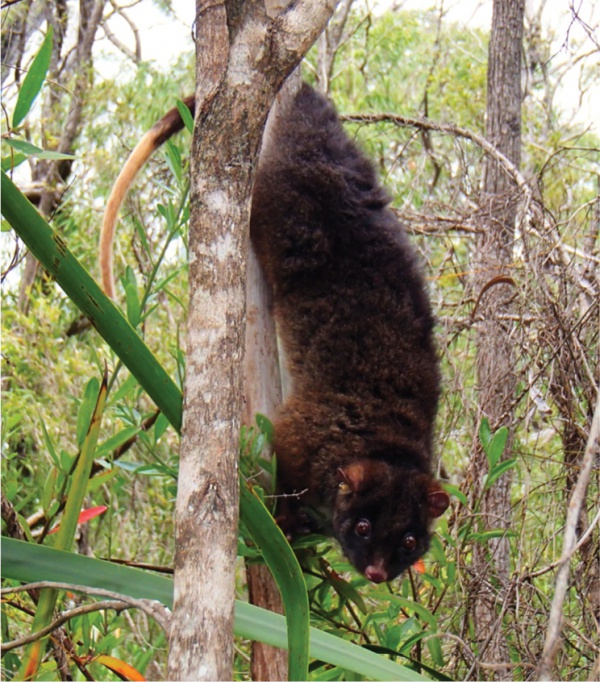Facts About Western ringtail possum
The western ringtail possum, also known as ngwayir, is a captivating marsupial native to Southwest Australia. These cat-sized creatures have dark greyish-brown fur, pale underparts, and a distinctive long prehensile tail with a whitish tip. They are nocturnal and spend their nights foraging in tree canopies, munching on leaves, flowers, and fruit, particularly from weeping peppermint trees.
The breeding season for these possums primarily occurs in winter. After about three months, a single juvenile emerges from its mother's pouch. Unfortunately, the population of western ringtail possums has declined by over 95%, mainly due to habitat destruction, wildfires, and predation by introduced species like the red fox.
Scientifically, the western ringtail possum was first described in 1888 by Oldfield Thomas and is known as Pseudocheirus occidentalis. Some consider it a subspecies of Pseudocheirus peregrinus. The possum has various names in the Noongar language, including ngwayir and womp. These possums are arboreal, meaning they live in trees, and have small home ranges. Their diet mainly consists of leaves, shoots, and fruits, with a particular preference for weeping peppermint.
Today, the western ringtail possum's habitat is restricted to small patches of eucalypt forests in southwestern Western Australia. Urban areas like Busselton and Albany have become important refuges for these possums, offering some protection from fires and predators. Conservation efforts are crucial to help counter ongoing habitat loss and predation. The species is listed as critically endangered by the IUCN, with an estimated population of around 3,400 individuals. Measures such as building rope bridges to prevent road fatalities are essential for protecting their habitat and reducing threats.
